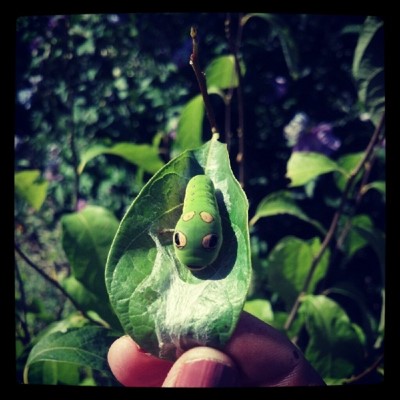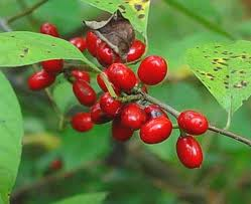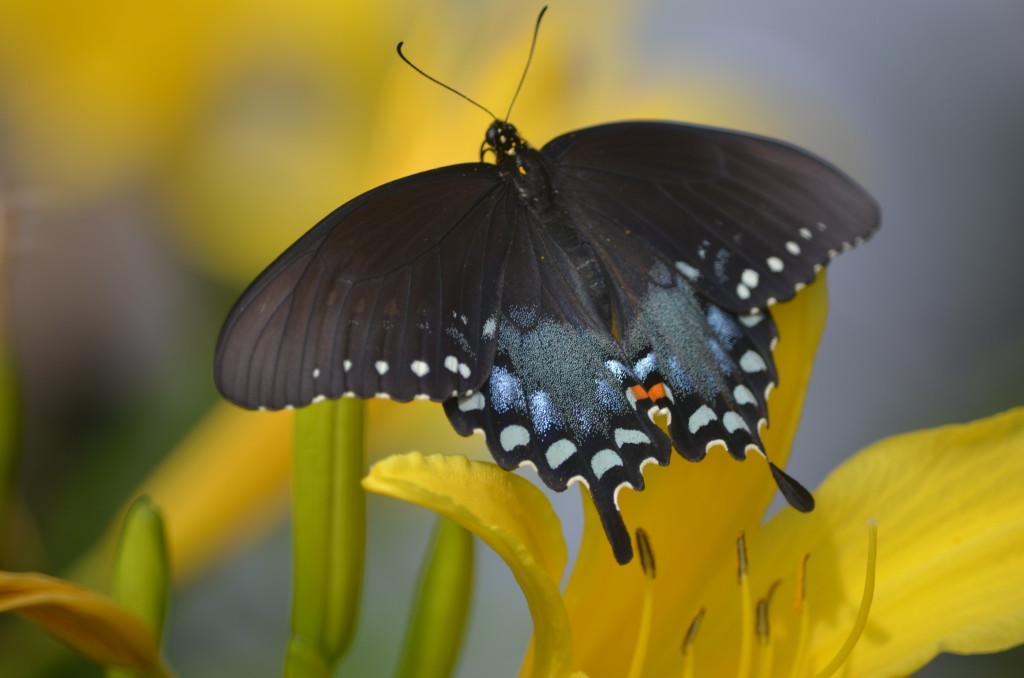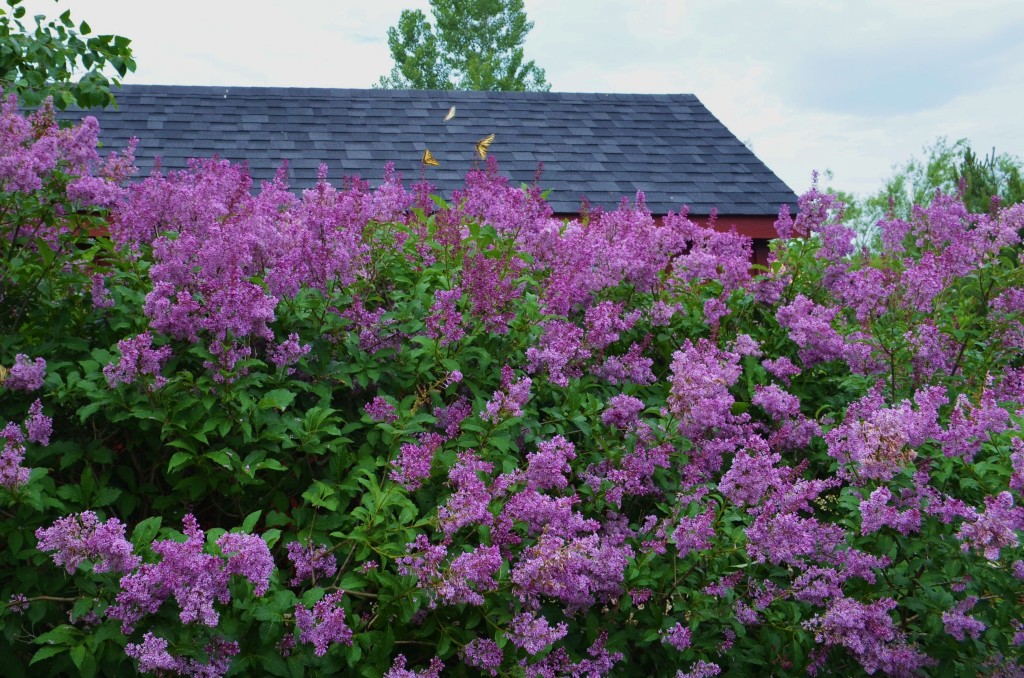Gardeners I speak to are always on the lookout for easy to care plants that can fit a variety of garden situations: sun shade, wet or dry , attract pollinators, feed the birds, be drought resistant, require zero pruning and look good in the garden all the time. The demand list is long and very often plants that fit the bill are overlooked either due to showier nursery mates or the lack of a marketing team behind them. Lindera benzoin, or as it is commonly called, spicebush is one such plant.
The Spicebush is native to the Eastern US and has a lot to offer us as gardeners. It blooms in tiny clusters of acid yellow flowers in April before the leave emerge,much like the ubiquitous forsythia.
The stems and bark have a slight fragrance of spiciness/cinnamon when crushed or cut , hence the name , and this attribute makes almost 100 percent deer and rabbit proof. There are actually areas of deciduous forest south of us where the deer pressure is so high Spicebush is one of the few remaining residents of the forest floor . Deer just will not eat it.
In the late summer it is covered in bright red drupes that the birds love , and the berries are followed by a striking yellow fall foliage color as the weather cools .
As if that were not enough,it is the larval food source for the Spicebush Swallowtail . The eggs are deposited on the shrub and after noshing for a bit the caterpillars spin silk on the mid rib of the leaves that as it dries will curl the leaves around their bodies. In the summer you can walk up and uncurl them and peek inside to see their little bums that are adorned with makings to scare off predators, but look pretty comical to me .
The adult butterflies have a long proboscis allowing them to feed at a variety of long tubular flowers in the summer. Here we always see them on the trumpets vines and in the daylillies.
This shrub can be planted in full sun to almost full shade but will flower and color up in fall best with sun. As an under-story plant with deciduous trees overhead you will get great flowering , but not so great fall leaf color. It is hardy in zones 4-9 and can tolerate wet or dry soil. It is a fantastic option for a deciduous hedge in areas with very high deer pressure and may work to enclose an area of more sensitive plants to keep them hidden from Bambi.




